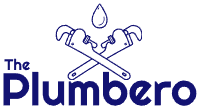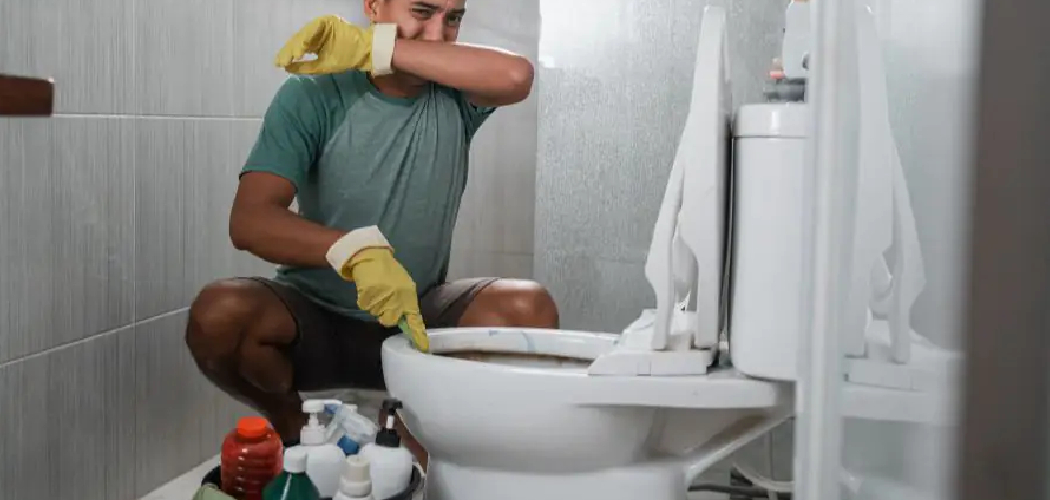A clogged sewer line can be one of the most frustrating issues for homeowners, leading to slow drains, unpleasant odors, and potential water damage if not addressed promptly. When faced with a blockage originating from the toilet, it’s essential to act quickly and efficiently to resolve the problem.
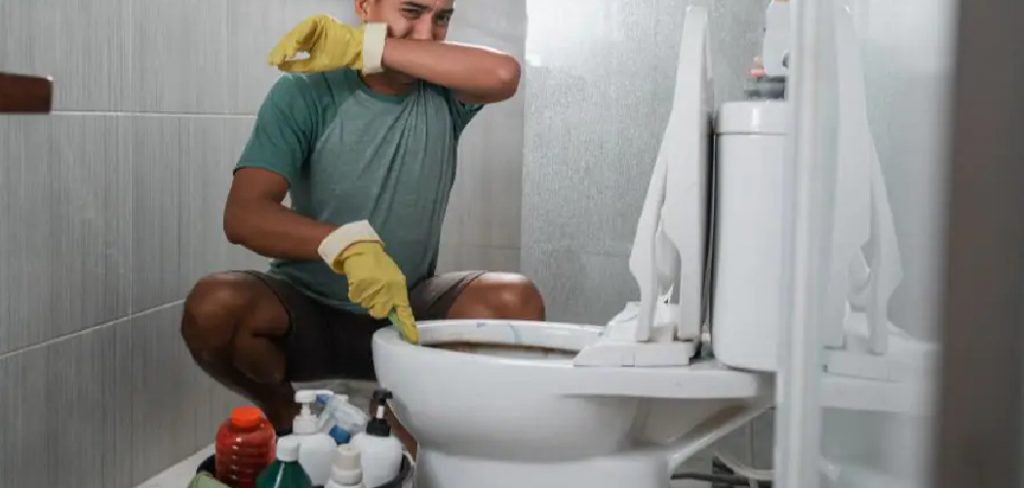
This guide on how to unclog sewer line from toilet will walk you through the steps and techniques to unclog a sewer line from the toilet, helping you restore proper plumbing functionality while minimizing damage and costs.
Why Do Sewer Lines Get Clogged?
Sewer lines can become clogged for a variety of reasons, often stemming from improper usage or natural wear and tear. One common culprit is the buildup of non-flushable materials, such as wet wipes, feminine hygiene products, or excessive amounts of toilet paper, which can accumulate and block the flow of waste.
Additionally, grease, food scraps, and other debris improperly disposed of through sinks can solidify and contribute to clogs over time. Tree roots are another frequent issue, as they can invade sewer lines through small cracks, growing larger and obstructing the pipes. Lastly, aging or damaged pipes, due to corrosion or shifting soil, can collapse or create uneven surfaces that hinder the smooth movement of waste, resulting in a blockage. Understanding these causes can help in taking preventive measures to avoid costly and frustrating plumbing emergencies.
Needed Materials
To address plumbing issues, you may need certain materials or tools. These can vary depending on the specific problem, but some common items that you might need include:
Plunger:
This is a must-have tool for any homeowner. A plunger can help to clear simple clogs in sinks, toilets, and tubs by creating suction and dislodging debris. It is important to have a plunger on hand in case of any unexpected clogs.
Drain Snake:
A drain snake, also known as an auger, is a long, flexible metal coil that can reach deep into pipes to clear out clogs. It works by grabbing onto and removing any blockages in the pipes. Drain snakes are particularly useful for removing hair or other debris from bathroom drains.
Pipe Wrench:
A pipe wrench is a heavy-duty tool used for loosening and tightening fittings on pipes. This tool has serrated jaws that grip onto the pipe, providing leverage to turn tight connections.
Plumber’s Tape:
Also known as Teflon tape, plumber’s tape is a thin white tape used to seal pipe fittings and prevent leaks. It is made of polytetrafluoroethylene (PTFE) and can withstand high temperatures and pressures.
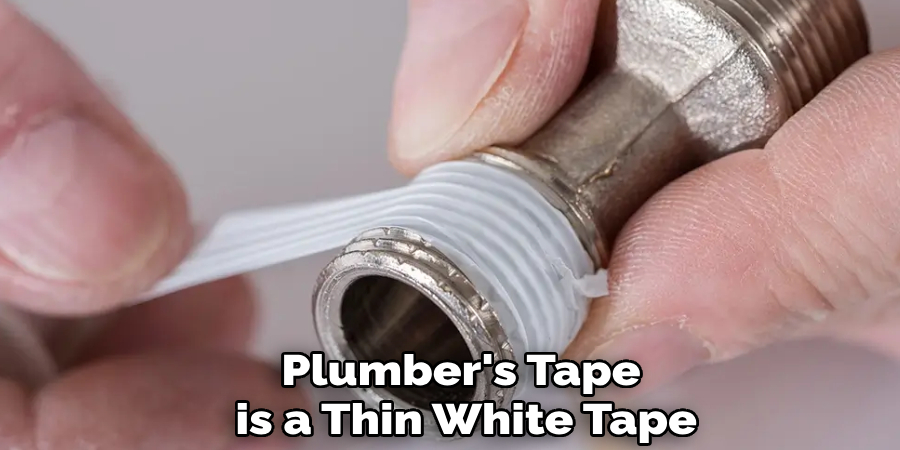
5 Simple Steps on How to Unclog Sewer Line From Toilet
Step 1: Assess the Situation
Before attempting to unclog the sewer line, take a moment to identify the signs of a blockage. Common indicators include slow-draining water, gurgling sounds coming from the toilet or drains, and unpleasant odors.
Check if the issue is isolated to the toilet or affecting multiple drains in the house, as this could indicate a more extensive clog in the main sewer line. Proper assessment will help determine the tools and methods required to address the problem effectively.
Step 2: Shut Off Water Supply
Once you have identified a potential blockage, the next crucial step is to shut off the water supply to prevent any further overflow or water damage. Locate the main water valve, which is typically found near the water meter or at the point where the main water line enters the house.
Turn the valve clockwise to stop the flow of water. If the issue is confined to a specific fixture, such as a toilet, you can simply turn off the water supply valve connected to that fixture. Ensuring the water supply is off will allow you to address the blockage without the risk of creating a larger mess.
Step 3: Use a Plunger
Once the water supply has been shut off, the next step is to use a plunger to address the blockage. Begin by ensuring there is enough water in the fixture to cover the rubber cup of the plunger, as this will help create a strong seal. Position the plunger over the drain, ensuring it completely covers the opening, and press down firmly.
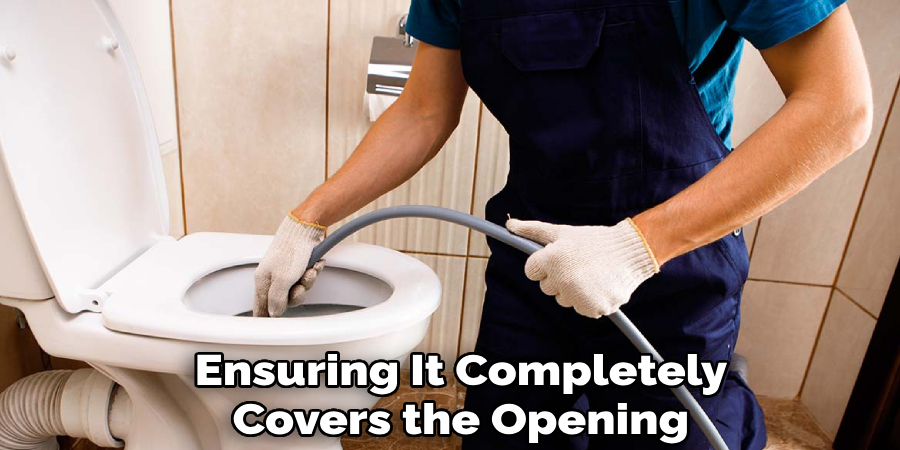
Use steady, forceful motions to push and pull the plunger, creating suction to dislodge the blockage. After several plunges, check to see if the water begins to drain. If successful, run water through the fixture to confirm the blockage is fully cleared. If the clog persists, additional methods may be required to resolve the issue.
Step 4: Try a Plumber’s Snake or Auger
If the plunger fails to clear the clog, the next step is to use a plumber’s snake or auger. Begin by inserting the end of the snake into the drain and slowly feeding it through the pipe by turning the handle. Continue to push and twist the snake gently until you feel resistance, which indicates you have reached the blockage.
Use the snake to break up or latch onto the clog, gradually pulling it back out of the drain. Once the debris is removed, run water through the drain to ensure it flows freely. This method is particularly effective for deeper or more stubborn clogs that cannot be cleared with a plunger.
Step 5: Use Protective Gear
While using these tools, it is important to protect yourself from any potential hazards. Wear gloves to avoid coming into direct contact with any waste or chemicals, and safety glasses in case there is any splashing.
Following these steps on how to unclog sewer line from toilet should help you clear any minor clogs and keep your toilet functioning properly. However, if the problem persists or seems too difficult to fix on your own, it is best to call a professional plumber for assistance.
Prevention is Key
To prevent future clogs in your sewer line, there are a few steps you can take:
- Regularly clean your toilet bowl and pipes with DIY natural cleaners or store-bought products.
- Avoid disposing of large objects or non-flushable items down the toilet.
- Install a hair catcher in your shower drain to avoid hair buildup in pipes.
- Properly dispose of grease and fat by wiping them off dishes with paper towels before washing them.
- Hire a professional plumber to conduct regular maintenance checks on your sewer line.
Taking preventative measures can save you from costly and stressful sewer line clogs in the future. By following these tips, you can keep your sewer line free from obstructions and maintain a healthy plumbing system. Remember, prevention is key!
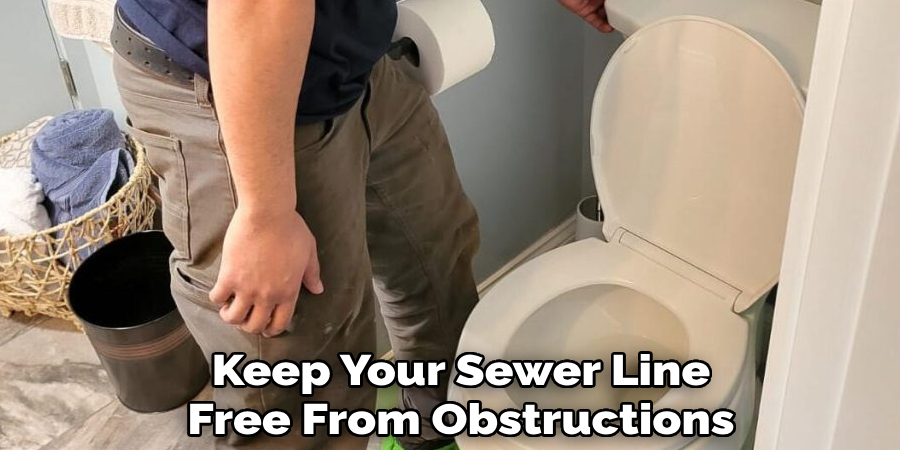
When to Call a Professional?
While preventative measures can help you avoid many plumbing issues, there are situations where calling a professional plumber is essential. If you notice slow drains throughout your home, recurring clogs, or unpleasant odors coming from your pipes, these may be signs of a more serious problem, such as a sewer line blockage or damage.
Additionally, if you see water pooling in your yard or experience a sudden sewage backup, it’s crucial to seek expert assistance immediately. Professional plumbers have the tools and expertise to diagnose and resolve complex issues, ensuring the safety and functionality of your plumbing system. Don’t hesitate to call a professional when the problem is beyond routine maintenance.
Frequently Asked Questions
Q: How Often Should I Have My Drains Cleaned?
A: It is recommended to have your drains professionally cleaned at least once a year. However, if you notice any signs of clogging or slow drainage, it’s best to schedule a cleaning as soon as possible.
Q: What Causes Drain Clogs?
A: There are several factors that can cause drain clogs, including hair, soap scum, food particles, grease, and foreign objects. Additionally, tree roots or damaged pipes may also contribute to clogging.
Q: Can I Use Chemical Drain Cleaners?
A: While chemical drain cleaners may provide a temporary solution for minor clogs, they can actually cause damage to your plumbing system in the long run. It’s best to avoid using them and instead call a professional plumber for proper cleaning.
Q: How Can I Prevent Future Drain Clogs?
A: To prevent future clogs, make sure to regularly clean out any visible debris from your drains and consider installing drain guards to catch hair and other materials. Additionally, be mindful of what you pour down your drains and avoid putting grease, fat, or food scraps down the kitchen sink. Regular maintenance by a plumber is also recommended to keep your pipes in good condition and prevent clogs from forming. It’s also important to address any leaks or damaged pipes as soon as they are noticed to prevent potential clogs.
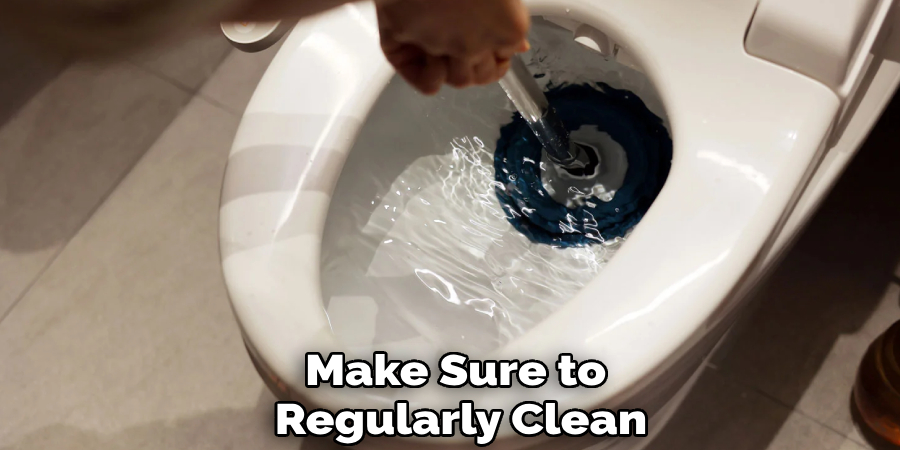
Conclusion
Proper drain maintenance is essential for preventing clogs and ensuring the longevity of your plumbing system. By adopting good habits, such as cleaning drains regularly, avoiding harmful substances, and seeking professional help when needed, you can save time and money in the long run.
Taking proactive steps today will help you avoid costly repairs and keep your home’s plumbing running smoothly for years to come. Thanks for reading this article on how to unclog sewer line from toilet.
